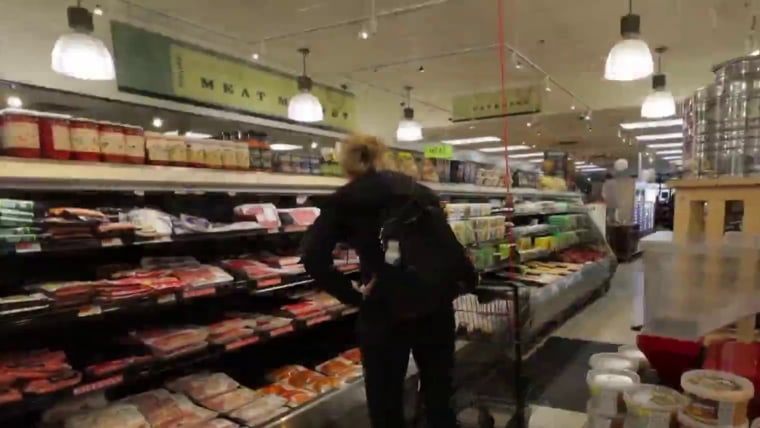The sting of rising prices continues to linger.
Consumer price growth hit 3% in September on an annual basis, the Bureau of Labor Statistics reported Friday, slightly higher than the 2.9% rate seen in August.
On a monthly basis, the rate fell from 0.3% to 0.2%, though many major categories saw increases, including housing, airline fares, recreation, household furnishings and apparel.
The BLS report comes despite the government shutdown that has paralyzed most federal reporting and has no end in sight. It marks the first time a major economic report has been issued by the government since the shutdown began Oct. 1.
September CPI data was originally scheduled to be released Oct. 15. The government ultimately decided to issue the report since the numbers are needed to determine the cost-of-living adjustment for Social Security recipients next year.
Consumers continue to deal with steadily rising prices alongside a job market that appears frozen in place. While workers' earnings have continued to climb along with prices — hitting a new post-pandemic high in the second quarter of this year — many consumers report feeling continued financial stress.
Inflation edged out tariffs to become consumers’ most reported concerns in the Conference Board research group’s September survey. The University of Michigan’s closely watched surveys found overall consumer sentiment in October was down 22% from the same month a year ago.
On Wall Street and Main Street, the trump administration’s global trade and tariffs policy continues to loom large.
“We continue to expect tariffs to remain a source of goods price inflation over the next few quarters,” economists with Bank of America wrote in a client note earlier this week.
Friday's report also has implications for the Federal Reserve, which is tasked with balancing inflation and employment through interest rates.
The September inflation report arrives less than a week before the Federal Reserve’s policy meeting, which starts Oct. 28. The central bank is widely expected to lower its key benchmark rate, which helps set borrowing costs throughout the economy, by 0.25%.
The Fed has faced unprecedented pressure by President Donald trump to lower interest rates to spur economic growth — and many Fed officials have indicated that lower rates are needed to boost hiring.
Yet lower interest rates can come at the expense of rising inflation. And although Friday's report came in slightly below financial analysts' expectations, the inflation rate remains high enough to cause concern.
In a note following the report's release, Michael Pearce, deputy chief U.S. economist at Oxford Economics, said the fact that inflation remains at about 3% means there may be fewer interest rate cuts next year than many investors currently believe.
"The smaller than expected rise in consumer prices in September gives the green light for a rate cut next week, but with inflation likely to remain closer to 3% than 2% for most of next year, market expectations for rate cuts still appear too aggressive for 2026," he wrote. "We expect the Fed will move to slow the pace of easing, with three cuts spread over the course of next year."


